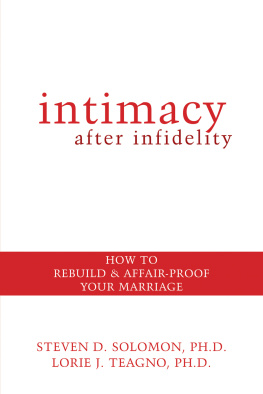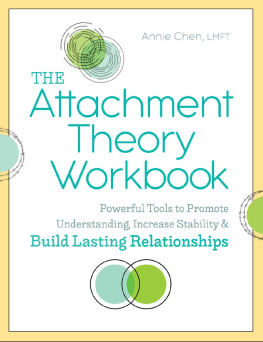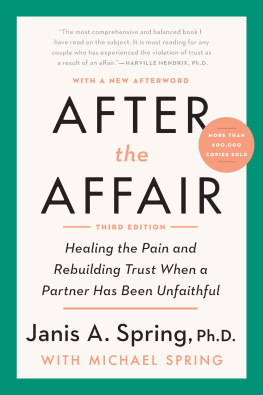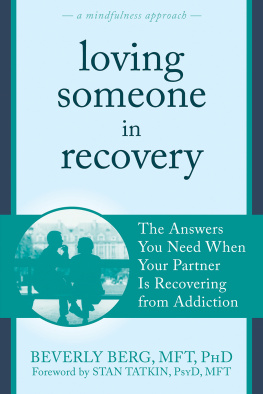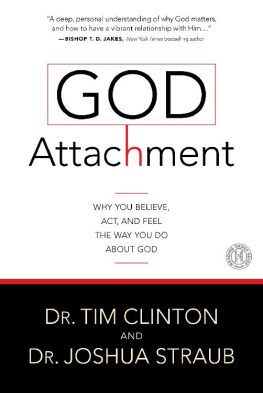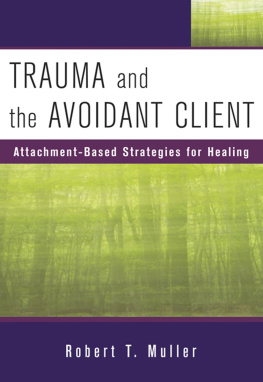Introduction

A ll romantic relationships have their ups and downs, and they are all involve adapting and evolving with your partner. But no matter whether your relationship is new, or if you have been together for years, you should take steps to ensure you have a healthy relationship. This will help you to stay connected, and enjoy lasting happiness.
Are your hopes often shattered in the early stages of a new relationship? Are you concerned that you do not know how to make it last?
One of the best things in life is to be in a committed relationship. Having a good friend to speak to and kiss and cuddle all the time is pretty cool.
Good people exhibit certain common behaviors. While friendship is excellent, it is even better to be in a fully committed partnership.
While the primary purpose of this book is to enable you to understand what you can do to discover the joy of a close attachment, it can also assist you in understanding your partner better.
Having a window into your partners reality helps you identify with that person more mercifully, which can assist in nurturing a more beneficial relationship.
Regardless of whether they are in a relationship or single, numerous individuals accept that being happy in love is impossible for them. They feel neglected and need friendshipnot only a pal to sit close to at a movie, but an associate, friend, and a loved one to go with them through all the experiences called life. They frequently fear that their spouse will bolt once they become more acquainted with the genuine me. Although they feel that the things they do are sometimes welcomed by their partners, theres an omnipresent worry of whether their partner will really be there for them when they are seeking help, solace, and consolation. If you identify with any of these battles, then this book is for you.
Happy reading!
Chapter 1: Understanding Attachment Theory

A s new parents, we spend a lot of time reading and exploring different childhood ideas, trying to find out what is best for our children and what will work best for the family as a whole. But all the reading in the world cannot prepare us for the almost overwhelming emotional intensity which comes with hearing the first scream, holding a child for the first time, or any one of the many "firsts" of parenthood. While you have had many relationships before you meet your child, your first and most significant relationship is with your child, so your connection must be one of a bond.
Attachment is an emotional relationship between people. John Bowlby, a psychologist, was the leading attachment theorist, and described attachment as a lasting psychological relation between human beings. Bowlby theorized that childhood bonds with parents tend to have an enormous impact on ones existence. The bond holds the baby attached to the mother and thus increases the child's survival opportunities.
The central tenet of attachment theory is that mothers who relate to their child and are available to meet the needs of their child foster a sense of security in their child. As the child learns that his/her caregiver is trustworthy, they have a safe "home base" with which to explore his/her world.
When the caregiver leaves a securely attached infant, the child feels safe and is certain of their caregivers return. Conversely, when parents of a child with ambivalent attachment leave, the child is distressed because they cannot rely on the caregiver to be present when needed.
Children with avoidant attachment tend to avoid their careers or guardians, as the name suggests. If a caregiver punishes a child, he will learn in the future not to seek the help of the caregiver.
One does not have to be a counselor to assess the emotional stability of a child. The attached child will become stronger and have more self-esteem than the less attached child. But due to the nature of humanity, attachment types are not an exact science. Even the most "attached" child often worries about leaving his caregiver.
So, what can parents do to encourage the secure attachment of their children? Pediatrician William Sears is a proponent of attachment between parents and children. He tells us that parental attachment is an approach, not a set of rules, and provides several easy, child-friendly strategies for parental attachment. Dr. Sears recommends the "Seven Bs," which help parents start with attachment parenting. They are: birth bonding, breastfeeding, baby wearing [in a sling or baby carrier], baby bedding, belief in the linguistic value of the cries of the baby, care for baby trainers, and balance [between baby and your needs]. The aim here is to be sensitive to the needs of your baby and to be more responsive to his needs so your relationship can be closer and stronger.
It can take time to connect with your child after all you just met but when you participate in strategies that encourage your physical and emotional proximity to your infant, you will learn to predict his needs and respond quickly, ensuring that your child knows he can depend on you for comfort and safety.
Attachment Theory Basics
John Bowlby and Mary Ainsworth developed the academic understanding of attachments. After seeing the trauma and psychological damage caused by children separated from their parents due to war and disease during and after World War II, Bowlby became interested in parent-child attitudes. At the time, parents were often not allowed, sometimes for months, to see their hospitalized children. He theorized that infants and children are designed to find closeness to a caregiver (usually a parent) for protection, safety, and affection. Infants and young children are loyal to their bond, using attachment behaviors such as crying, grasping and following. He also theorized that children who encounter parental responses that are dismissive or unresponsive would have psychological problems much more often.




